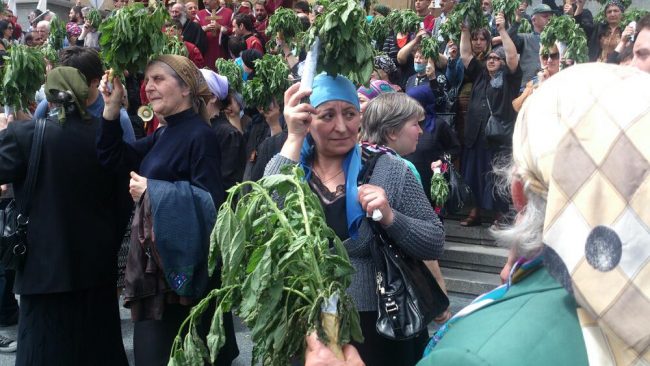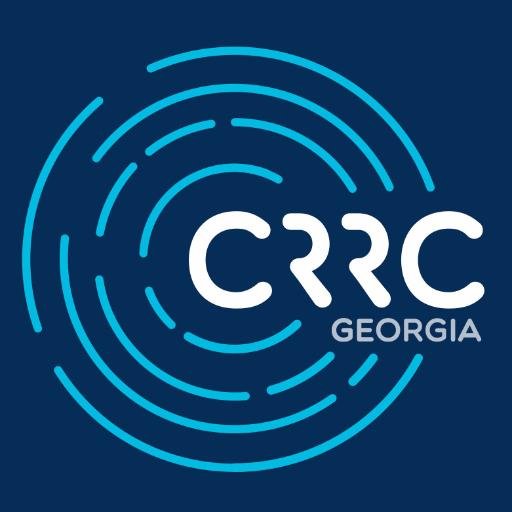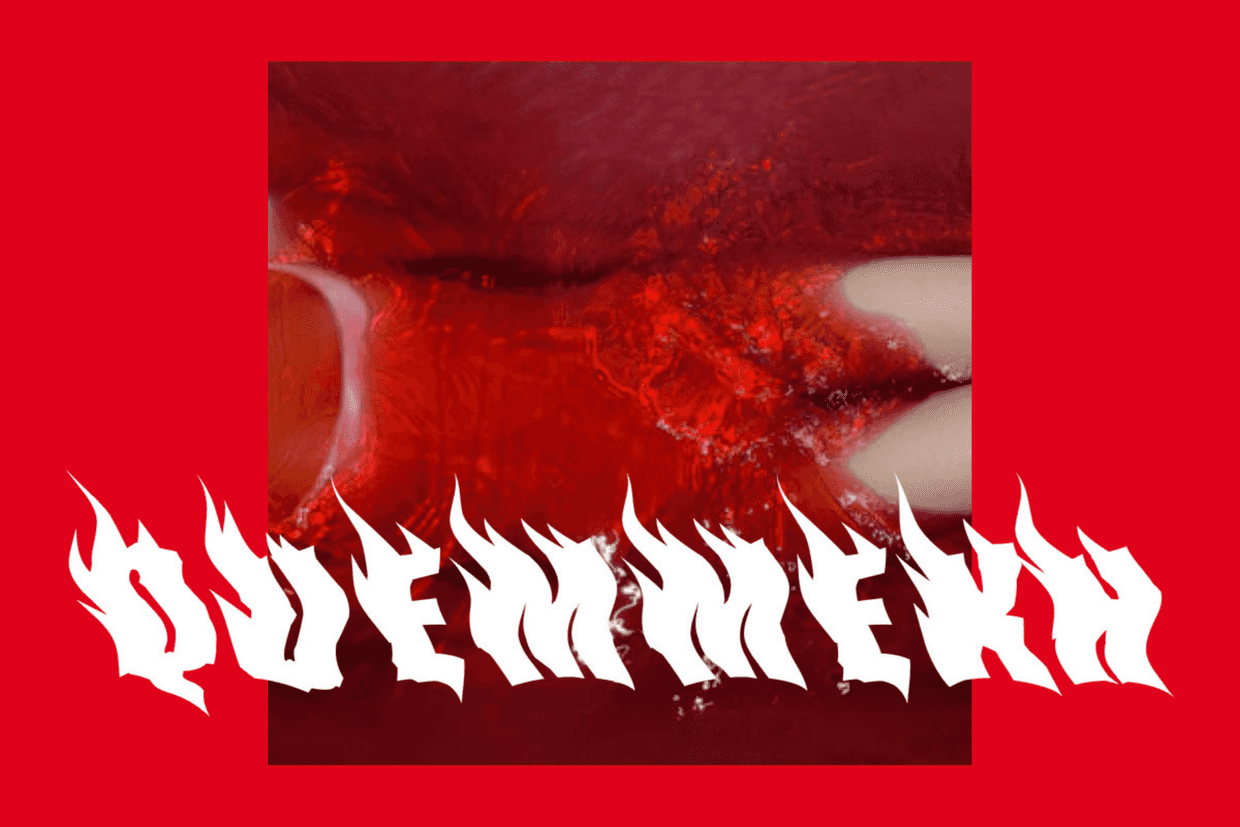


 Five years after a homophobic riot in Tbilisi, CRRC examines the levels of homophobia in Georgia.
Five years after a homophobic riot in Tbilisi, CRRC examines the levels of homophobia in Georgia.
Five years ago, on 17 May 2013, a homophobic riot took place in Tbilisi in response to a small queer rights demonstration for the International Day against Homophobia, Transphobia, and Biphobia. Thousands of protestors, including frocked priests, chased the demonstrators through the streets of Tbilisi as police struggled (some say facilely) to protect the demonstrators from violence. In the time since, queer rights have remained on the agenda in Georgia, with an anti-discrimination law passed in 2014, which gives some protection to queer people, and the first openly gay candidate running for public office in the 2017 local elections. Despite this progress, homophobic and transphobic violence still takes place in the country (for example, see here, here, and here). Five years after the events of 17 May 2013, this article presents five findings from CRRC’s Caucasus Barometer (CB) survey about homophobia in Georgia.
[Read on OC Media: Opinion | To answer Georgia’s homophobia we need a more united front against hate]
1. Would people rather live next to a criminal, a drug addict, or a homosexual? On Caucasus Barometer 2017, CRRC asked which group people would least like as neighbours. About one in four said they would least like criminals as neighbours (27%) and another quarter would least like to live by drug users (22%). A similar share (23%) reported they would least like to have homosexuals as neighbours. Taking into account survey error, these three shares are statistically indistinguishable. The latter answer serves as a proxy for homophobia.
2. While religiosity might be thought to be tied to homophobic attitudes, it does not appear that those who report fasting or attending religious services regularly are any more homophobic than those who do not. Importantly, though, of the many possible measures of religiosity, only two were measured on CB 2017. Hence, the results are suggestive rather than definitive.
Note: Those who reported having no religious affiliation, answered “Don’t know” or refused to answer what their religion was, were not asked the question about frequency of fasting or religious service attendance. For the question about frequency of attending religious services, original answer options “Every day”, “More than once a week” and “Once a week” were combined into the category “At least once a week” on the chart above, and options “At least once a month”, “Only on special religious holidays”, “Less often”, and “Never” were combined into the category “Less often or never”. For the question about frequency of fasting, original answer options “Often” and “Always” were combined into the category “Often or Always”. Answer options “Sometimes fast”, “Rarely fast”, and “Never fast” were combined into the category “Less often or never”. Those who reported that fasting was not required in their religion were not included in the analysis, as well as those who answered “Don’t know” or refused to answer the questions about the frequency of attending religious services or fasting.
3. The young are more likely to be homophobic than the elderly, at least on the measure of homophobia used here. While an 18-year-old has a 29% chance of reporting that they would least like a homosexual as a neighbour, an 85-year-old has only a 16% chance, when controlling for gender; settlement type; level of education; religion; frequency of fasting and attending religious services; whether a child lives in the same household; and household well-being, measured by the number of durables a household owns.
4. Men are more likely to be homophobic than women. When controlling for the variables mentioned above, men have a 26% chance of responding that they would least like homosexuals as neighbours compared with a 17% chance for women.
5. While Georgia has had highly-publicised, homophobic incidents, the level of homophobia is not unique to the country. The same question was asked on Caucasus Barometer 2017 in Armenia, and the results are similar: 21% of Armenians report they would least like homosexuals as neighbours; 27% drug addicts; and 21% criminals.
A more comprehensive measure of homophobia would, of course, provide a better understanding of the issue. The CB question discussed in this blog post only helps to identify people who are extremely homophobic, to the point that they would least like to live next to a homosexual, rather than a criminal. This may suggest that homophobic attitudes are more widespread in the country.
To explore the data used above, click here. To view the replication code for the analysis used in this article, click here.
Dustin Gilbreath is the Deputy Research Director of CRRC-Georgia. The views presented in this article do not necessarily represent the views of CRRC-Georgia, the National Democratic Institute, or any related entity.








